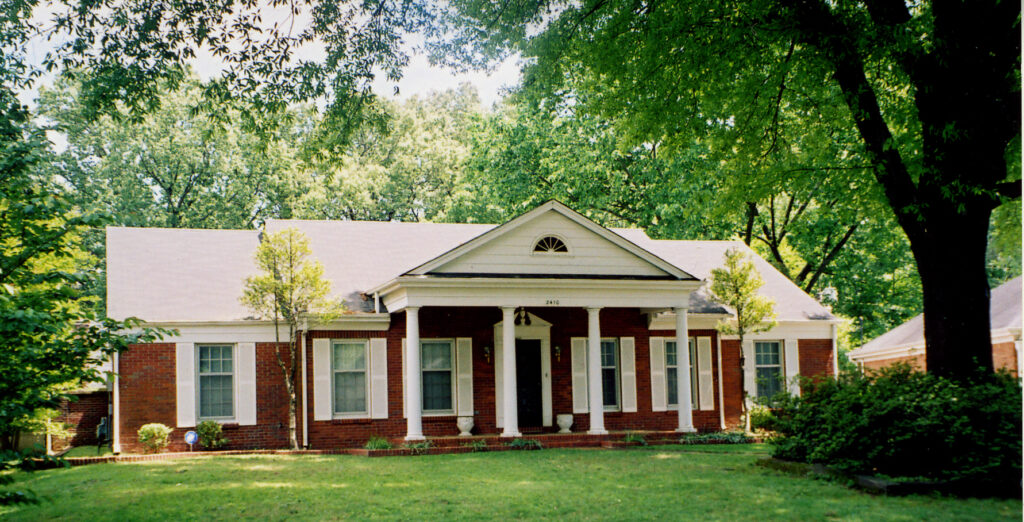The Atrium

After five grueling weeks of slow, daily improvement, Paulette’s score on the Glasgow Scale miraculously rose to a 9 meaning she was a viable human being. She could breathe on her own, had spontaneous eye movements, responded to voices, and experienced reflexes to stimulation. She was even able to swallow small sips of Tab, her favorite soda.
Doctors decided she could move from the ICU at The Med to a nursing facility then called The Atrium, ten minutes away. Due to being short-staffed, however, The Atrium created a more complicated and less optimistic scenario for her recovery.
Richard and Kelley now rotated in shifts with Paulette, driving round trip 34 miles every day, to make certain she was under constant care. The anticipated physical and cognitive therapy Paulette needed so badly went lacking, and so they both began to research and practice these therapies on their own with little guidance.
The Second Commitment

If time moved slowly the first five weeks at The Med, life at the Atrium must have felt like an eternity in the mind of Richard. Attempting to manage his job as a pastor and counselor at Bellevue Baptist became much more difficult. Exhaustion consumed him. Still working, Kelley provided support when she could, but the difficult schedule took its toll on her as well. She began to lose weight unable to even slow to eat between commutes from the church and her mom’s side. Then came time for the frozen skull plate to be reinserted to protect Paulette’s healing brain. So after six months, they returned to The Med once more for major brain surgery.
Her skull back in place, within a week Paulette grew septic. Her blood pressure dropped to 34. Her heart rate escalated to 144. Another tracheotomy was required in order to assist with her breathing. Back on a ventilator once again, Paulette nearly died. The only alternative was to remove the plate, and in the process, additional brain matter that had been damaged. Stressed and in shock, her body blew up with excess fluid related to her infection. Back on machines and in the ICU, doctors put her in isolation. Only Richard was allowed to attend to her, and everyone wore protective gear akin to what we’ve seen in science fiction films. In recovery, Richard gave Paulette permission to go home to the Lord.
“Paulette, honey, I love you. If you want to go to Heaven, you go ahead. I’ll be there soon. But if you want to stay here and the Lord wants you here then whatever we have to do we’ll do.”

This would be the second commitment Richard made to God as they worked together to keep Paulette alive. That December 30th, Richard and Paulette celebrated their thirty-ninth wedding anniversary together at The Atrium. As Richard spoke and sang to her, she would make attempts at sounds, and he prayed one day he would once again hear her beautiful voice, the sound of her playing piano in the living room.
Home at Last
Her prognosis worse than before and another brief return to The Med as she fought off pneumonia that January 2006, Paulette was eventually readmitted a month and a half later back to The Atrium. Based on their prior experience, Richard now moved in with his wife at the home and began to learn to care for her the way he would be required to for years to come. And for the next 4 months from February to June time stood still.

Finally, exactly one year after her accident, Paulette’s neurologist, Doctor Shelley Timmons built a Polyethylene plate to replace Paulette’s own skull plate. This time, the surgery was a success, her recovery solid. Upon reevaluation, she had moved to almost a 12 on the Glasgow Scale meaning she exhibited only moderate brain damage. Paulette and her family celebrated. There would be an incredible amount of preparation and modification needed to accommodate Paulette’s many needs, but they could go home at last.



